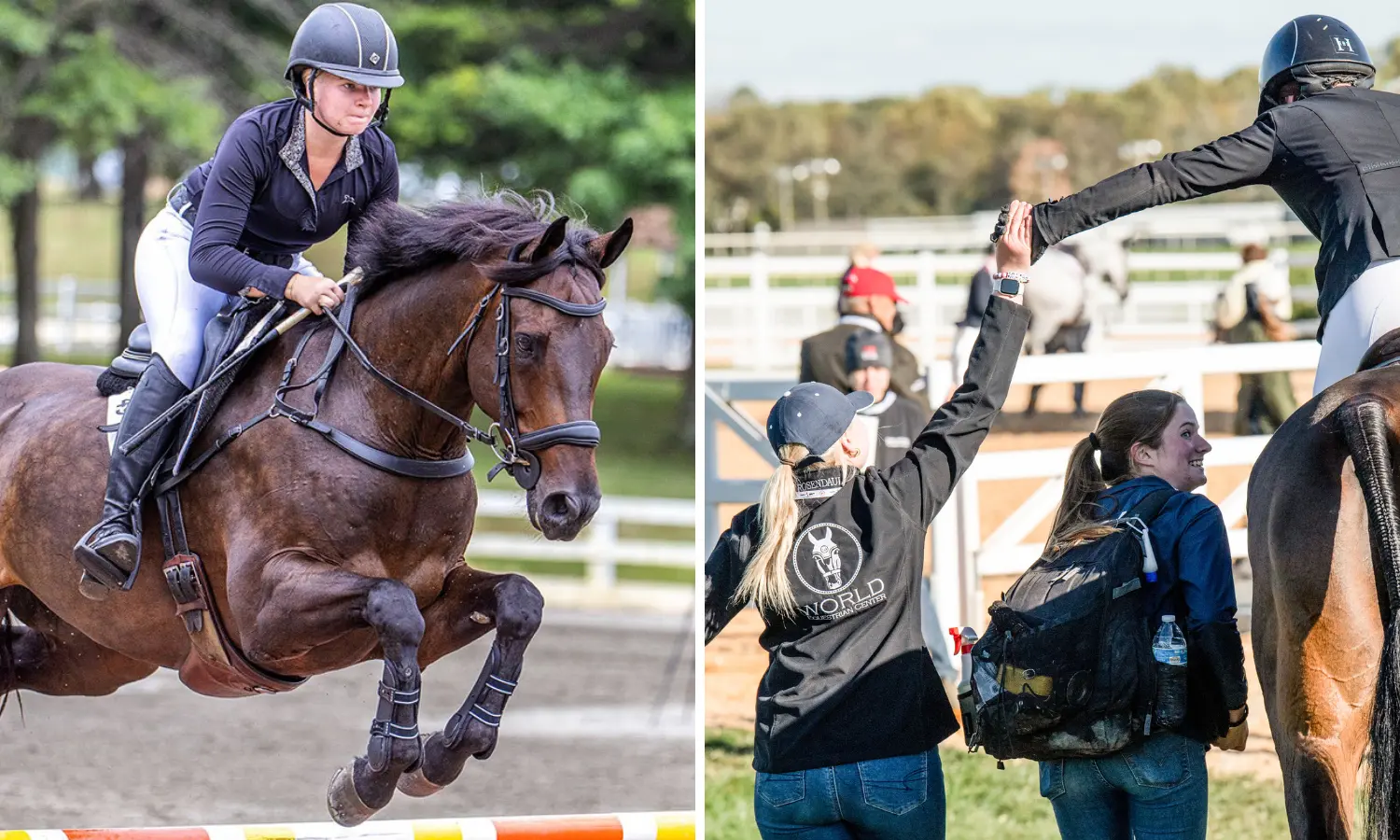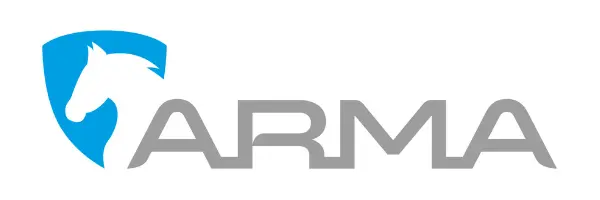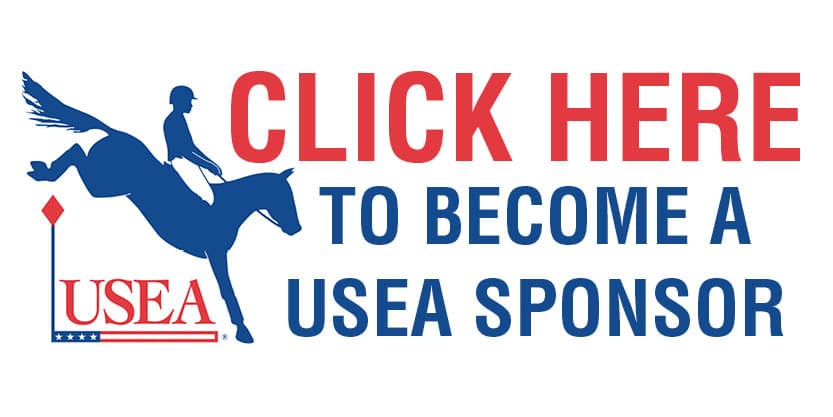Grid Pro Quo with Karen O'Connor
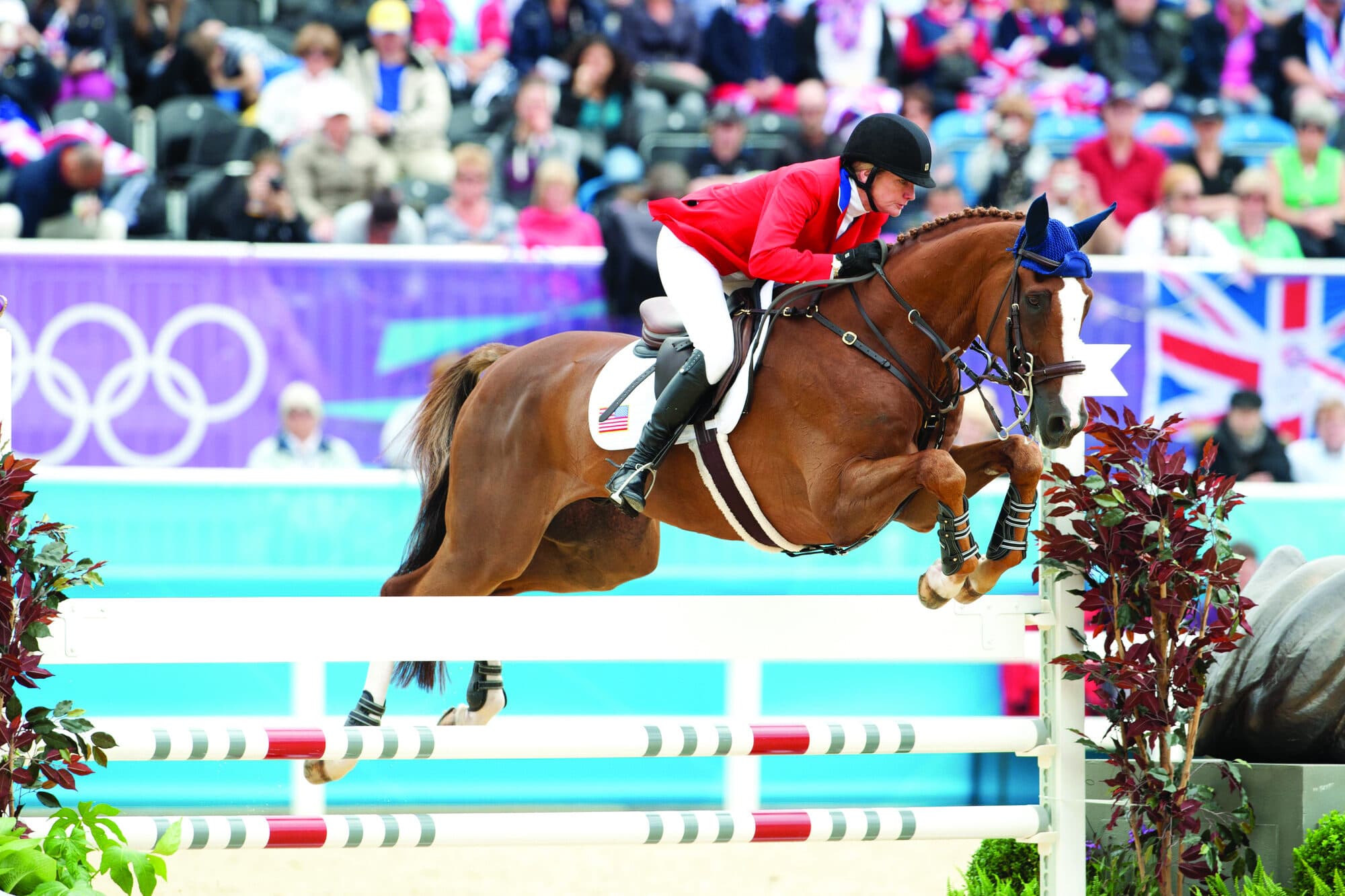
Don't let winter weather get you down. Use the off season as an opportunity to fine tune your riding! In this winter weekly web series, we will revive past Grid Pro Quo articles from our magazine, Eventing USA, to help you brainstorm ways to keep you and your horse in tip-top shape even if you only have access to an indoor arena.
Why:
My signature clinic exercise was adopted some 30 years ago from show jumping legend Anne Kursinski. It seems really simple at first glance, with just two jumps — a vertical to an oxer set quite low for the level — but it is deceptively hard once you add in all of the different variations that we will discuss later. For me, this is a great exercise that becomes a segue to establishing consistent course riding. The rider becomes acutely aware of the direction, speed, balance, and rhythm before, during and after the jump. With the rider’s increased awareness, she begins to have an influence on the basic components.
The repeated transitions to the halt after the jump will help the horse start tuning into the rider more, and you will find that the horse becomes ready for its next task upon landing. It’s a really wonderful feeling to have a horse with an established posture and control upon landing over any jump. This will help empower both horse and rider to ultimately be ready for the next task, whatever that may be. The dropping of the stirrups is not meant to be a torture exercise; instead, it is meant to help increase the skill level of an independent position. The overall purpose of this exercise is to educate the rider to recognize the horse’s rideability and the components of what makes a good shape over the jump. This exercise focuses on the rider’s ability to control direction, speed, balance and rhythm. From these essential components, I can then address timing, because, for me, a rider cannot understand timing without rideability and establishing the quality of the gait.
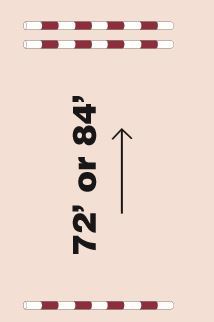
How:
In preparing for this exercise I would expect absolute rideability in the warmup with lengthening and shortening within the gaits while also maintaining lateral suppleness. The horse must be on the aids, maintaining suppleness, be ready and engaged with the appropriate impulsion to be able to ride forward in balance for the level of the exercise. Once you and your horse are sufficiently warmed up, you can start the first exercise. To start off, you will trot the vertical towards the oxer, but upon landing, drop your stirrups and come to a halt within three canter strides. The goal is to keep the horse straight, soft, and round, while maintaining rideability throughout the exercise. Next up, you can trot the vertical, but instead of coming to a halt within three strides, simply make a transition back to trot. You will need to quickly establish a forward trot over the oxer, and then upon landing, drop your stirrups and halt within three to five canter strides. Just as before, the goal is to keep your horse straight, soft and round. Keep in mind that each exercise must be mastered before continuing, and you can expect to repeat it multiple times before you are 100 percent successful. So if you’ve mastered the first and second exercises, you can move on to the third exercise, and hopefully finish up with a fourth variation.
For the third exercise you will trot the vertical, continue on to the oxer in the canter, and upon landing from the oxer, drop your stirrups, and halt within five canter strides. Your goals are the same as always. The final variation will now involve you cantering to the entry vertical, continuing over the oxer at the canter, and then dropping your stirrups upon landing and halting within five strides. Once again, your goal is to keep your horse straight, soft, and round, while maintaining rideability throughout the exercise. At this point you should not be worrying about the actual number of canter strides between the two jumps in the cantering exercises. However, when I am teaching, I will ask the riders to tell me how many strides they get between the two jumps every time they finish an exercise. It is important to recognize what has happened. Depending on the level of the horse and rider, I may then ask them to ride the exercise in a certain number of strides. One of the great things about this exercise is that it addresses a number of common training problems that your horse may have. The whole purpose of the downward transition and halt is to engage the horse. A horse that rushes is not an engaged horse. So, the horse must learn to stay on the leg and not rush into the hand. The repetitive nature of the engaging halt really addresses this problem. For me, the line of direction is the rider’s number one responsibility. The rider’s skill level must be able to dictate the track over which the horse travels. This exercise, as is the case with all jumping exercises, can be supplemented with placing rails, guide rails and any other use of imaginative training markers such as cones to help both the horse and rider establish straightness.



